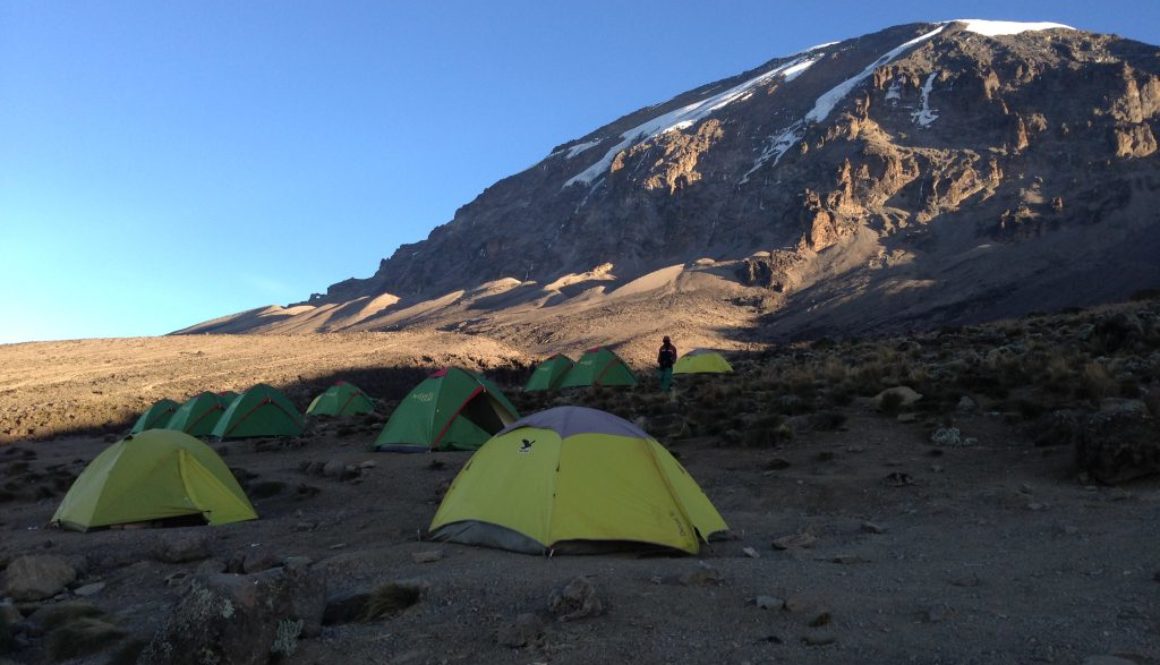7 fact you didn’t know about Elbrus
7 facts about Elbrus
Whether you are looking to climb the tallest mountain in Europe or are intrigued about Elbrus, these 7 facts about Elbrus will help.
Stay a while, check out all 7 facts and if there’s some detail not listed and you’d to like to find out how to climb?
Why not reach out and we’d be only too happy to help with your next adventure.
1. Europes tallest mountain

2. Dormant volcano
Mount Elbrus is a dormant volcano, much like Kilimanjaro and was formed over 2.5 million years ago. The two summits were once active volcanic domes, which last erupted around 2,00 years ago. You can still see signs of volcanic activity, including hot springs. The longest flow extends 24 kilometres (15 mi) down the northeast summit.

3. In Asia and Europe
Elbrus is situated in the Caucuses mountains, southern Russia and borders with Georgia. The range straddles Europe and Asia, stretching from the Caspian Sea to the Balck Sea.

4. Fifth highest mountain
Elbrus is the fifth highest mountain of the seven summits, which are the highest mountain on each continent. The current list stands below, due to political and region changes some mountains have fallen off the list, notably Mont Blanc, France 5,771’/4807m and Mt. Kosciuszko, Australia – 7,310’/2228m
- Everest, Nepal/Tibet- 29,035ft/8850m
- Aconcagua, Argentina – 22,902’/6960m
- Denali, Alaska – 20,320’/6194m
- Kilimanjaro, Africa – 19,340’/5896m
- Elbrus, Russia – 18,513’/5642m
- Vinson, Antarctica – 16,067’/4897m
- Carstensz Pyramid, New Guinea – 16,023’/4884m

5. Glaciers x 22
Elbrus glacials move at around 25cm per day, so glaciers do “creep” downwards towards the glacial rivers below. Therefore it will take around 100 – 200 years for a snowflake which fell on the top of Elbrus to reach the foot of the mountain, resulting in fresh, clean water.

6. No technical skills
Elbrus is the fifth highest mountain of the seven summits, which are the highest mountain on each continent. The current list stands below, due to political and region changes some mountains have fallen off the list, notably Mont Blanc, France 5,771’/4807m and Mt. Kosciuszko, Australia – 7,310’/2228m
- Everest, Nepal/Tibet- 29,035ft/8850m
- Aconcagua, Argentina – 22,902’/6960m
- Denali, Alaska – 20,320’/6194m
- Kilimanjaro, Africa – 19,340’/5896m
- Elbrus, Russia – 18,513’/5642m
- Vinson, Antarctica – 16,067’/4897m
- Carstensz Pyramid, New Guinea – 16,023’/4884m

7. The climate
The climate on Elbrus can be extreme and the weather can change in an instant. Therefore the mountain is renowned for its high winds, which can delay or cancel summit attempts. As a result, most expedition companies building a contingency day to help increase the chances of success. The reason for the extreme weather is the location of the mountain, which is between the Caspian Sea and the Black Sea. As a consequence, these two large bodies of water have an impact on wind and precipitation, which makes Elbrus one of the windiest in Europe.

Want to receive tips, stories from the world adventure? Pop your details below let’s stay in touch.







